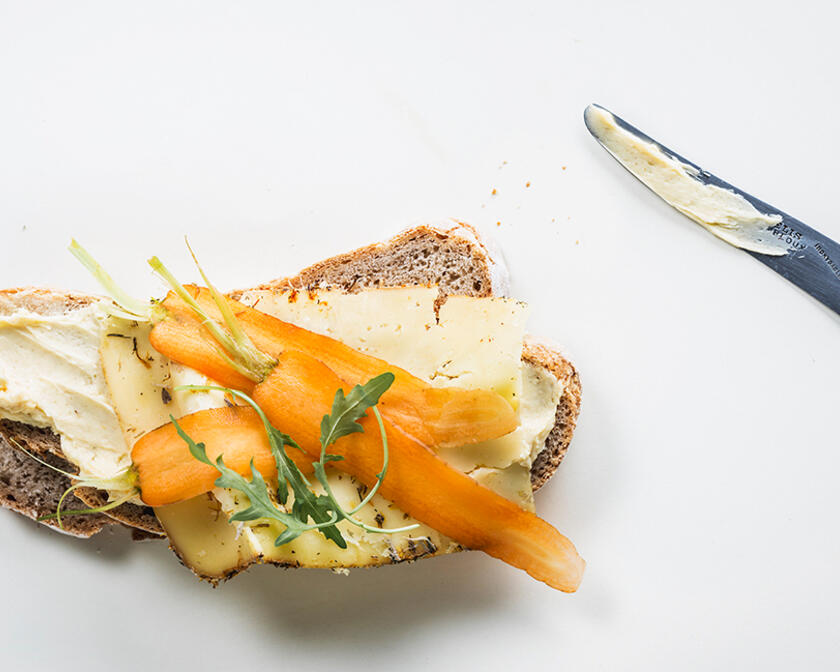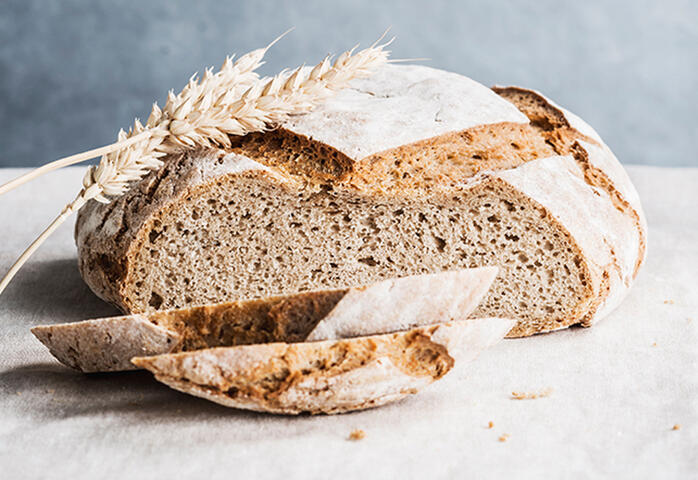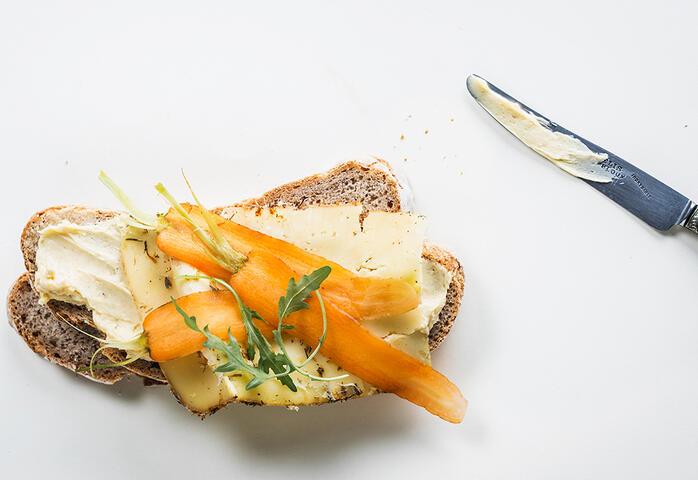
Did you know? The name mastel is derived from the Old French word for pastry or pie. In the 16th century, a mastel was called a morstelle(ken). The origin of this word is sometimes said to be mesteil, meaning “maslin” in French. Etymologically, it seems more likely that there is a connection with the Old French wastel or gastel, which became gâteau in modern French.
Corn in Egypt
Nowadays, Graslei and Korenlei are popular Instagram spots, but in the Middle Ages these quays were an important site for loading and unloading grain. In the 11th century, the port of Ghent became a prominent distribution centre for grain. Ghent had a socalled “grain staple right”, the city could provide its inhabitants with a steady supply of grain at affordable prices. Keeping the price of grain low was a tried and tested political method to keep the peace inside the city.
The city not only ensured grain distribution but also grain production. The sandy soils around Ghent were ideal for growing rye, a cereal resistant to the cold and wet conditions. Its slightly sour flavour and low digestibility, however, ensured that the medieval diet did not consist entirely of rye. Maslin bread, made from a mixture of more expensive wheat and cheaper rye, was more favoured by the Ghent population.
Get started
Fresh maslin bread

Ingredients:
- 270 g wheat flour
- 250 g rye flour
- 350 g water (at room temperature)
- 25 g dry yeast
- 2 g fresh yeast
- 10 g salt
- Utensils: bread maker
- Mix both types of yeast with water until dissolved. Add the wheat and rye flour and have the bread maker knead the dough at medium speed for 5 minutes. If you knead the dough by hand, it takes twice as long.
- Add the salt and knead for another 5 minutes (or 10 minutes if you knead the dough by hand).
- Cover the bread pan with a moist cloth and leave to rise for 1 hour.
- Remove the cloth and shape the dough.
- Put the dough on a baking sheet and allow to rise under a moist cloth for 1.5 hours.
- Preheat the oven at 225°C and place an ovenproof dish at the bottom of the oven.
- Flour the loaf and make a few cuts in the top with a sharp knife.
- Put the loaf in the centre of the oven and pour one glass of water into the dish. Close the oven for 10 minutes.
- Lower the temperature to 200°C and allow to bake for another 15 to 20 minutes.
- Take the bread from the oven and allow to cool down on a grid with a slight draught. Not sure whether the bread is ready? Tap the bottom of the loaf with your finger; if it sounds hollow, the bread is perfect.
- Serve maslin bread with shellfish or cheese.
Filled sandwich

Ingredients:
- 2 thick slices of maslin bread or rye bread
- 30 g mustard butter (20 g butter + 10 g mustard)
- 10 g shredded carrots
- 2 slices of matured cumin cheese
- 10 g garden rocket
- Spread the slices of bread on both sides generously with mustard butter.
- Cover with carrot and cheese.
- Finish with a handful of rocket and close the sandwich.
- Press, cut in half and enjoy.